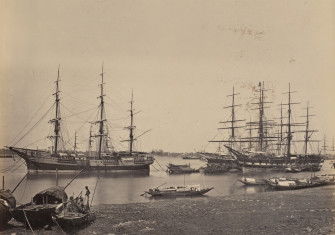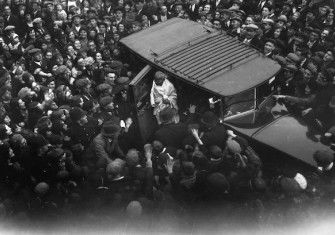The Viceroyalty of Lord Curzon
Ironically, from his lofty, paternal point of view, Lord Curzon became one of the prime architects of Indian independence.

“To me, the message is carved in granite, it is hewn out of the rock of doom - that our work is righteous and that it shall endure.”
To those who listened in London’s Mansion House on a July day in 1904, these words spoken by a Viceroy of India could only have confirmed their deepest beliefs in Britain’s imperial mission.
The speaker, who had just received the Freedom of the City, was George Nathaniel Curzon, who seemed to embody with his masterful energy and incisive brilliance of mind the “vitality of an unexhausted purpose,” Britain’s purpose in her vast Asian possessions.
No doubts assailed Lord Curzon, no pessimism was allowed to fray the edges of his imperial vision, not even the hymn “Onward Christian Soldiers,” rejected by Curzon himself from the programme of the great Durbar held in Delhi the year before because it contained the lines “Crowns and Thrones may perish, Kingdoms rise and wane.”







